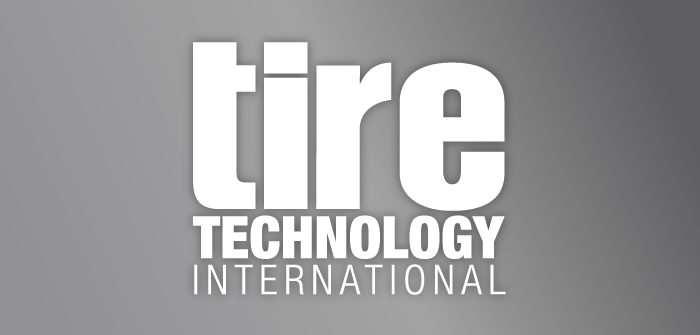 ARRB’s principal consultant within the safe systems team explains how road and tire research conducted in Europe could be harnessed in Australia.
ARRB’s principal consultant within the safe systems team explains how road and tire research conducted in Europe could be harnessed in Australia.
Please tell us about your role at the ARRB.
I’m the national technical leader for incident investigations and reviews and I’m also a principal consultant within the ARRB safe systems team. My role is fairly broad within the technical fields of road safety engineering and road network management and maintenance, with a focus on reducing risk and ultimately saving lives on public and private road networks. Part of this work includes consideration of a number of road surface characteristics, including skid resistance and surface texture.
Through my role at ARRB, I’ve been involved in national projects on skid resistance and texture for the last 15 years and have contributed to a number of national guidelines on the topic. I’ve also been a part of the Technical Steering Committee of the International Safer Roads Conference in 2008, 2011, 2014 and again for the latest conference, which will be held in Auckland in New Zealand in May 2017.
How much collaboration is there between tire and road experts?
At the moment in Australia, there’s not a huge amount of collaboration, so there’s an obvious and real need for greater collaboration between tire and road experts. It is something we’ve tried to foster through the aforementioned International Safer Roads Conferences. It’s becoming particularly pertinent with the onset of driverless vehicles, which highlight the need for roads to better interact with tires on cars that are being controlled autonomously.
In the EU, there are a number of great examples of collaboration between tire and road experts resulting in some excellent research projects on the topic, and we’re eager to harness the outcomes of this research, as well as raise the level of activity in Australia.
What can be done to foster improved collaboration?
With the way technology is evolving, particularly with regard to the relationship between the car and the road, there will need to be a lot more collaboration between experts in all automotive areas. Better communication of needs and issues can only be a good thing – the industries working together, rather than apart, makes so much more sense.
To do this, I think we need to identify an industry champion to propel the discussion. There are countless catalysts to get the discussion started and driverless vehicles is just one globally relevant and timely one. Everyone in the industry is conscious that intelligent transport systems (ITS) are developing at a rapid pace, for the good of all, and we need to ensure that as tire and road experts, we also keep pace with the evolution and add value.
How can the needs of tire and road makers be better aligned?
Tire and road makers share many of the same basic principles and needs, but while they’re well aligned on most points, there are still areas that could be better aligned. Developing a greater, more advanced level of understanding of each other’s needs would ensure that collaboration is greater and ultimately road performance, including safety, can be continuously improved.
Fine tuning the needs of skid resistance and texture to tire characteristics is certainly high on the list, especially where the road is wet, and/or at higher vehicle roads. And of course, we must look ahead to a future when driverless vehicles are on the roads. Lastly, there is always more that can be done from an environmental perspective.



